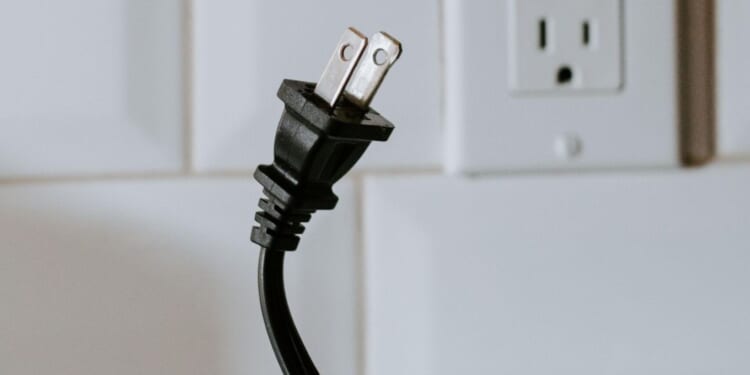Minnesotans already face some of the highest electricity rates in the Midwest, and Xcel Energy is proposing to deploy up to 200 megawatts of battery storage capacity by 2028 in a program called Capacity*Connect. The one to three-megawatt batteries are intended to be located “at local businesses, commercial or industrial sites, or nonprofit organizations,” to provide “more customers – including those in environmental justice communities – with an opportunity to benefit financially from hosting clean energy technologies.”
These distributed batteries are being framed as the cutting-edge next step toward grid modernization, but ratepayers should worry instead about the affordability and reliability of the grid. Xcel Energy has submitted a petition to the Minnesota Public Utilities Commission for the program.
Xcel Energy representative Ryan Long describes the move as complementing “our current plans for additional renewable and firm dispatchable generating resources.” A complement to reliable sources is all that batteries will ever be, if that. Batteries do not contribute electricity to the grid; they simply shift the time of generation.
Batteries wouldn’t solve the problems of wind and solar. The potential of battery storage to fill in the gaps when wind and solar generate little is limited: most utility-scale batteries can discharge for less than four hours before requiring a recharge. That may matter less in sunny California, but in Minnesota, a multi-day drought in daylight and wind generation is not unlikely during subzero, still winter days.
This means ratepayers pay a lot more, as American Experiment’s Bill Glahn points out about a 150MW project approved in August:
“For consumers, it’s a terrible deal: you get to pay three times for the same product. You pay for the wind and solar, then you pay for the battery backup, then you pay for the natural gas plants standing by for when the batteries run out of juice.”
Xcel’s filing suggests a budget between $152 million (of a minimum procurement of 50 MW) to $430 million to deploy 200 MW. That equates to between $3.04 million per MW of capacity to $2.15 million per MW of capacity, depending on how much Xcel builds. That doesn’t count all of the wind and solar that Xcel needs to build to charge these batteries in off-peak hours and fulfill Minnesota’s 2040 100 percent carbon-free mandate. Nor does it count the reliable, dispatchable power plants that must be “standing by” to fill in the gaps when both batteries and wind and solar don’t show up to work.
Xcel’s broader Upper Midwest Energy Plan calls for installing 600 MW of battery storage by the end of 2030. Ratepayers won’t be helped by paying three times over for battery storage that can’t match the reliability and affordability of coal, natural gas, or nuclear power.










